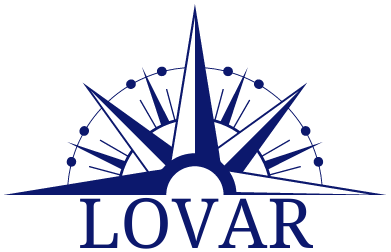The aviation industry is undergoing a transformative period as governments and regulatory bodies implement new laws and regulations aimed at addressing environmental concerns and promoting sustainable practices. These changes are reshaping the landscape of air travel, impacting everything from operational procedures to the types of aircraft in use. This article examines the most recent regulations, their implications for airlines, and how specific companies are adapting to these evolving requirements.
Recent Sustainability Regulations in Air Travel
One of the most significant developments in aviation regulation is the EU Emissions Trading System (ETS). This program requires airlines operating within the EU to purchase carbon credits to offset their emissions, creating a financial incentive for airlines to reduce their carbon footprint. As of 2024, the ETS has been expanded to include non-European airlines that operate flights into and out of EU airports, making it applicable to a wider range of carriers. This cap-and-trade system aims to gradually reduce overall emissions from the aviation sector by setting increasingly stringent limits over time. By 2030, the EU aims to achieve a reduction in emissions by 55% compared to 1990 levels, emphasizing the urgency for airlines to adapt to these new regulations.
In the United States, the Federal Aviation Administration (FAA) finalized rules that require new jets and turboprop airplanes to meet strict carbon pollution standards, which are expected to reduce carbon emissions by approximately 24% compared to the previous generation of aircraft. This regulation is part of a broader effort to minimize the environmental impact of aviation while promoting the use of more fuel-efficient technologies. These standards will gradually tighten over the coming years, pushing airlines to invest in cleaner aircraft and more efficient operational practices.
Impact Analysis
The introduction of these regulations has far-reaching implications for airline operations. One of the most immediate effects is the need for airlines to adjust their flight schedules and operational practices to comply with the new standards. Airlines are increasingly optimizing flight paths to reduce fuel consumption, which can result in longer travel times but lower emissions. Additionally, the financial implications of carbon offsetting schemes mean that airlines must factor these costs into their pricing structures, potentially leading to higher ticket prices for consumers.
Furthermore, the regulatory environment is pushing airlines to upgrade their fleets. Older aircraft tend to be less fuel-efficient and produce more emissions, so many airlines are now accelerating their transition to next-generation aircraft that meet the new standards. This shift not only aligns with regulatory requirements but also enhances airlines’ competitiveness in an increasingly environmentally conscious market.
Case Studies
Lufthansa has implemented a comprehensive sustainability strategy focused on reducing its carbon footprint. The airline aims to achieve net-zero carbon emissions by 2050, with a series of intermediate targets along the way. As part of this commitment, the airline has already started using sustainable aviation fuels (SAFs) on select flights, significantly lowering lifecycle emissions. The company plans to increase the proportion of SAFs in its fuel mix and is also investing in research and development for new technologies to improve fuel efficiency.
In addition to utilizing SAFs, Lufthansa is modernizing its fleet to include more fuel-efficient aircraft. As of 2023, the airline’s fleet consists of a mix of modern aircraft that are designed to reduce fuel consumption and emissions, with an average age of the aircraft of 13.4 years. The Lufthansa Group emphasizes its commitment to maintaining a state-of-the-art fleet that enhances environmental performance and reduces operational costs.
United Airlines, similarly to Lufthansa, has committed to achieving net-zero greenhouse gas emissions by 2050 and is increasing its use of sustainable aviation fuels (SAFs) as part of its sustainability strategy. However, United Airlines makes a broader commitment to operational improvements, including optimizing flight routes, reducing weight on its aircraft, and investing in a modern fleet with models like the Boeing 737 MAX and Airbus A321neo that offer enhanced fuel efficiency. This comprehensive approach not only aligns with regulatory requirements but also positions United as a leader in the pursuit of sustainable air travel.
JetBlue Airlines has taken a proactive approach to sustainability by setting a goal to achieve net-zero greenhouse gas emissions by 2040, ten years ahead of many of its competitors. The airline is focused on significantly reducing its carbon footprint through various initiatives, including the use of sustainable aviation fuels (SAFs) and investing in more efficient aircraft.
Beyond fuel efficiency and SAFs, JetBlue is enhancing its operational practices by implementing more efficient flight paths and investing in innovative technologies designed to reduce emissions. The airline’s commitment to sustainability also emphasizes corporate responsibility, striving to create a positive impact on both communities and the environment.
This evolving landscape presents both challenges and opportunities for the industry, underscoring the importance of adaptability in a time of change. By prioritizing sustainability and compliance, airlines can not only enhance their operational efficiency but also position themselves as leaders in the push for a greener future in aviation.

